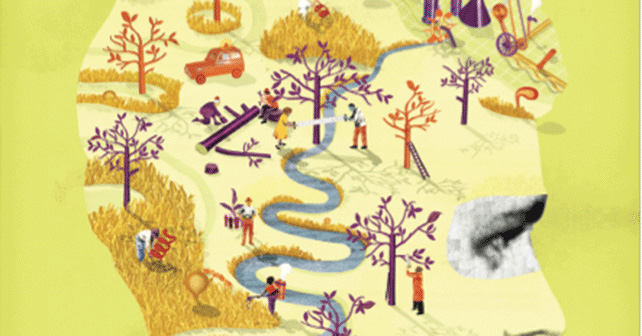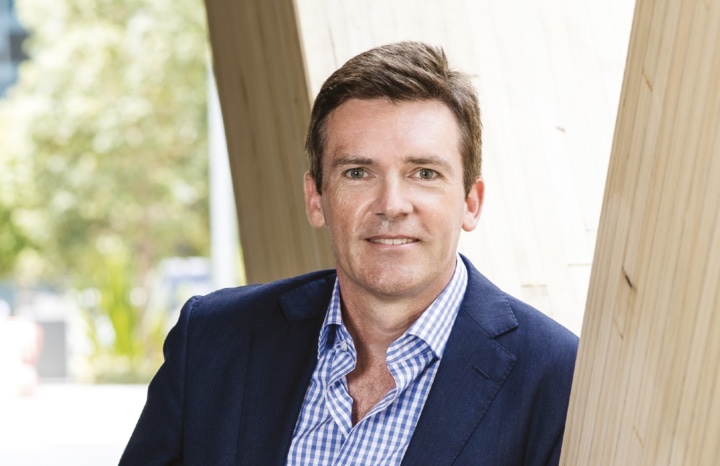In today’s Social Age, a one-size-fits-all approach to leadership development no longer passes muster. Instead, trainers should focus on discovery-based methods.
One of our most-requested leadership development programs at Duke Corporate Education is an exercise called “dangerous opportunities,” a simulation wherein, among other challenges, senior leaders are placed in an immersion room and confronted by an actor playing a combative journalist. In one such simulation with senior leaders from a top pharmaceutical company, the actor was making allegations regarding the executives’ company about which he planned to write. When asked for a response, one of the leaders reacts sharply and embarks on a lengthy explanation about how he will take the matter to the executive committee, followed by the company council and the in-house legal department, to formulate an appropriate response. While we should bear in mind that this is a simulation exercise, the individual’s reaction is based on several assumptions: one, that the situation will remain static while he undertakes the steps he has described; two, that reverting to the hierarchy is the appropriate way of going forward; and three, that the journalist is on the “other side of the camp” and must be confronted with distrust and suspicion.
The Social Age
The problem with the approach described above is that it is out of touch with an environment in which communication happens instantaneously, information is created socially, multiple constituencies are joined together by social networks and where everyone (figuratively) carries a megaphone. We call this new reality the Social Age and it is already starting to pose a challenge to the static and insular world view that has shaped our routines and behaviours at work, our interactions with the external world and even the structure of our organizations. The impact of the Social Age on how we lead our organizations is huge.
Any leader who wants to remain relevant in the Social Age has to pay close attention to the following:
- Globally-connected networks and continuous disruption
- Information being increasingly produced and consumed socially
- Frictionless communication leading to unparalleled transparency
Our organizations are under increasing scrutiny from employees, stakeholders and customers who possess three unprecedented resources: ubiquitous access to social information; an expectation that they can engage anyone in conversation; and availability of cheap and fast communication that allows them to react to events in real time.
What impact does the Social Age have on the way leaders have to turn up and lead? In our research for the book, The Social Leader, we found that authenticity, passion and purpose trumped most other leadership capabilities.
The problem is that the way we develop our leaders in most organizations is not designed to grow authenticity, passion and purpose. Much leadership development is still stuck in a prototypical mechanism of retro-fitting individual development to an external standard. We find this is becoming outdated.
Prototypical approach to leadership development
Consider the following prototypical process for ensuring an adequate pipeline of leaders. The emphasis relies heavily on the concept of assessment.
The process typically begins with the establishment of a standard, frequently through the creation of a “leadership competency model”. This model is often developed using interviews with senior executives. At its worst, it is simply bought off-the-shelf.
An assessment process is then used to compare individuals against the competency model. From these assessments, a “gap” between the individual and the standard is identified and “development priorities” created. These are used by the individual to create a development plan, and by talent development departments to direct and justify various leadership- training programmes.
The individual is encouraged, assigned or required to engage in activities intended to close the gap by introducing new skills or changing the person’s approach to various leader- ship situations, to be in line with the competency model.
We have identified two significant challenges inherent in this approach to leadership development in the Social Age: the challenge of creating a fixed standard, and the challenge of authenticity.
With respect to the challenge of creating a fixed standard, we find that competency approaches often rely on three assumptions that are rarely true in real life:
● Assumption of constancy: the requirement that a static state exists for the role or job, i.e. the identified competencies do not evolve, or do so within a very limited tolerance
● Assumption of normativity: the requirement that there is one best way to succeed at the job or role
● Assumption of sufficiency: the requirement that all competencies are mastered and that no other actions on the part of the individual can compensate for deficiencies A more profound challenge is the challenge of authenticity. The implicit assumption is that improving an individual’s capacity to lead is based on changing or re-directing his or her behaviour. Unquestionably, an individual’s behaviour is the manifestation of their ability to lead. However, to us, helping a person acquire a new pattern of behaviour that is inconsistent with “who they are” as a person is not a recipe either for long-term success or personal fulfillment.
With these two limitations in mind, we propose a discovery-based approach to helping leaders grow.
Discovery-based leadership growth
The essential difference between the process of discovery and the mechanics of “plugging a gap” is that the former sticks better. Discovery generates growth intent in a person, which leads to what we refer to as “mindful seminal experiences”. To “dis- cover”, or to take the cover off a part of oneself that was hitherto closed to awareness, is a process of awakening, and of growing that part productively.
Discovery manifests itself through a process that we call “the personal narrative”: the story and the lens through which we see ourselves. Leaders can learn to construct their narrative based on their own “discovery” and from the feedback they receive from others. Once they have their personal narrative, it becomes the backbone of their development process.
Discovery – the hero’s journey: All interesting narratives have a story- arc: we borrow one called “the hero’s journey” to help individuals under- stand their personal narrative. Joseph Campbell, in his book A Hero With A Thousand Faces, describes what he termed “the hero’s journey”. In Campbell’s view, the hero’s journey is the common structure that underlies almost all mythology from the stories of Osiris and Prometheus to Anakin and Luke Skywalker. In the hero’s journey, a hero is called to adventure, struggles with accepting this call, receives aid, meets with a series of trials, atones for his or her past, receives a great gift or power and returns home amid additional trials where he or she uses this new gift or power for the good of all.



